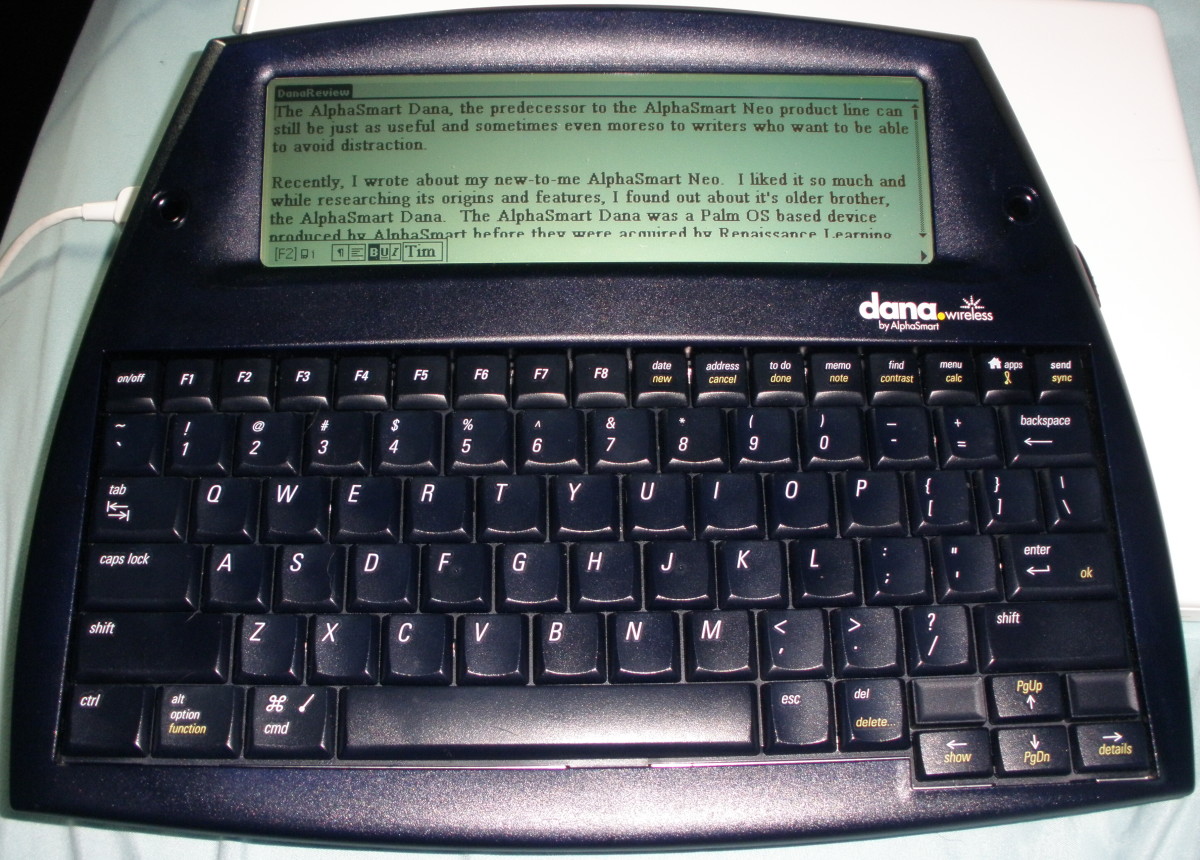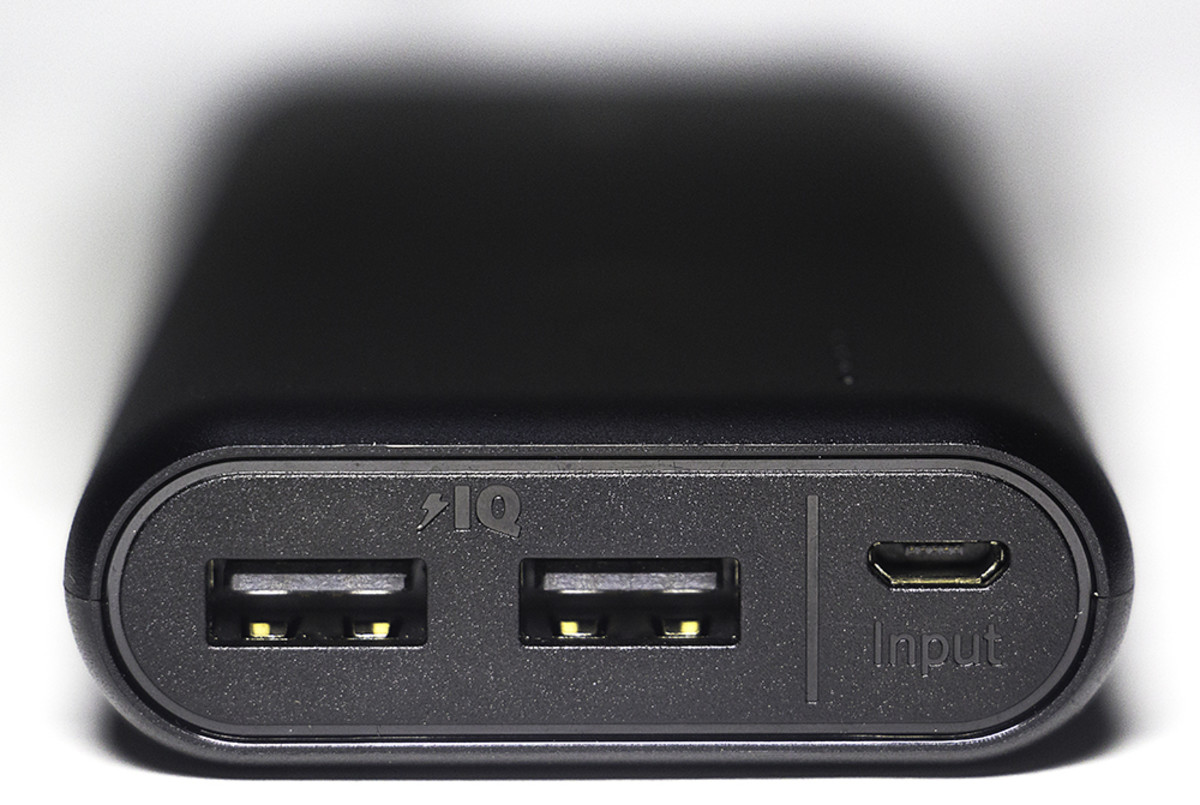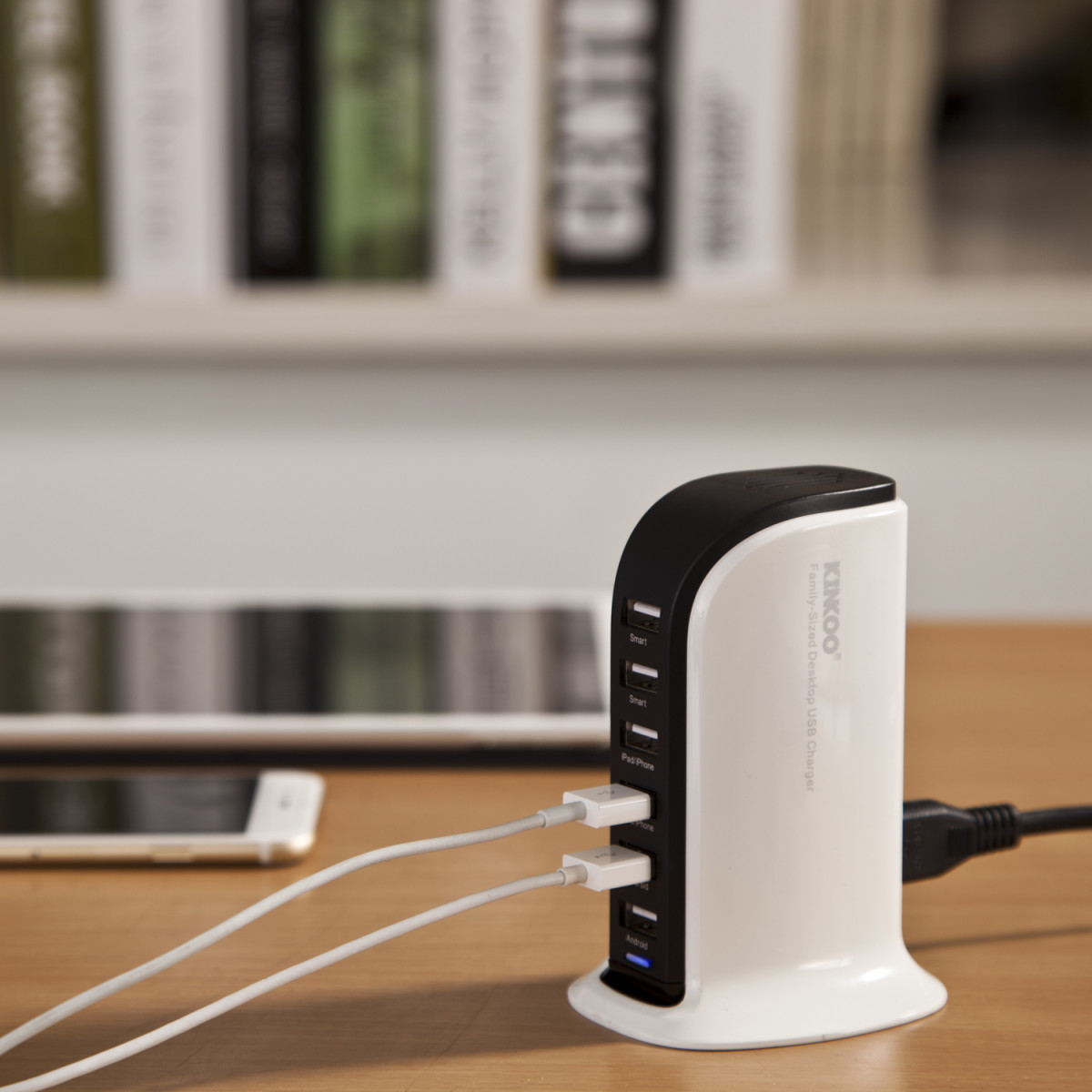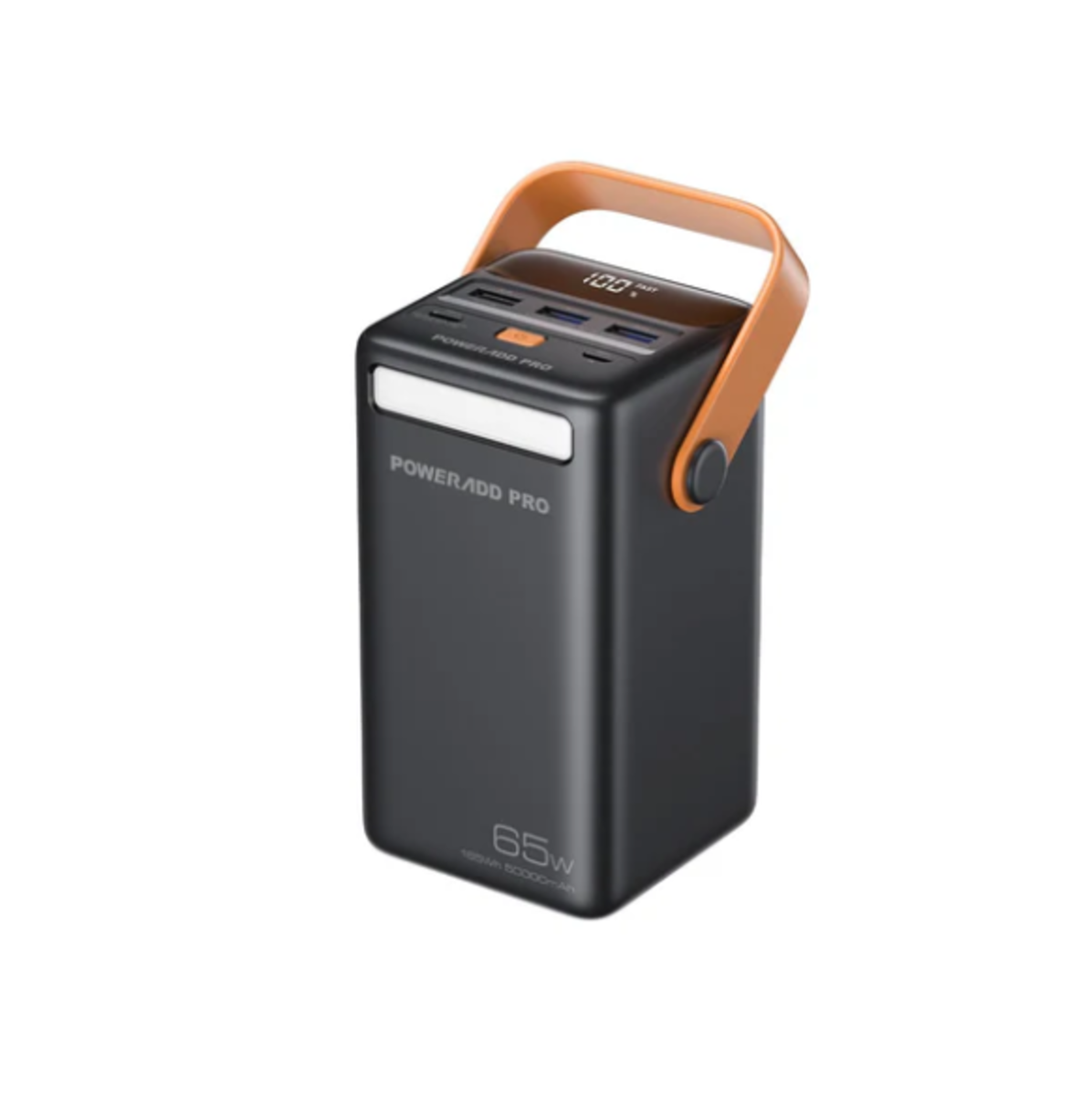How to Choose the Right USB Portable Powerbank Charger
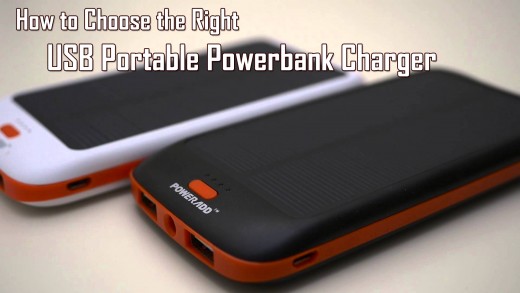
What is a Powerbank?
A powerbank is a portable device which contains batteries and allows the user to charge devices such as phones and tablets computers on the go. Anything that charges via USB can be plugged in to powerbank.
Portable Powerbank Chargers have become a necessity for many people who rely on their gadgets. They're particularly useful for people who travel, go camping or spend a lot of time from home.
As a traveling singer I've used powerbanks for many years and I've seen the technology become more reliable and battery life extend year-on-year. The advance in batteries (and the lowering costs) mean that powerbanks can now be relied on as a reliable alternative to an AC output.
This article aims to explain how to go about choosing a power bank charger dependent on your needs; so that you can make an inform decision on what product is best for you.
What does mAh mean?
One of the most important things to note when looking for a powerbank is the products mAh rating. mAh stands for milliamp Hour and is a unit that measures (electric) power over time. In simple terms it's an easy way to understand the capacity of a battery so that you can buy the device that suits your needs.
Why mAh is Important (the maths bit!)
Although not 100% accurate, mAh is a good way to work out how many times a portable powerbank charger can charge your device. Let's look at an example.
The powerbank that I'm currently using and which I can personally recommend is the Powerpilot X7 which has a capacity of 20,000mAh. The iPhone 7 has a battery capacity of 1960mAh. Let's do a quick and easy calculation:
20,000mAh divided by 1960mAh = 10.20
By taking the amperage of the powerbank battery and dividing it by the capacity of the iPhone battery, we can see that my powerbank could charge the iPhone around 10 times from flat.
Here are some common devices and how many times you can (roughly) expect a 20,000mAh powerbank to charge them:
- Samsung Galaxy S7 - 3600 mAh battery - 5.5 times
- Samsung Galaxy Tab 4 - 8000 mAh battery - 2.5 times
- Apple iPad 3 - 11500 mAh battery - 1.8 times
As you can see, choosing a power bank which is suitable for your needs requires a basic knowledge of the power requirements that you're going to have.
What is meant by 1A, 2A, etc?
Different devices have different capabilities in terms of how fast they can charge.
Earlier USB devices could only charge at a maximum of 0.3-0.9 Amp (usually referred to 300mA or rounded up to 1A).
More up-to-date devices can handle more which means they can charge faster. As a result, some portable powerbank chargers have a 2A output as well as a 1A output.
It doesn't matter if you plug a device with a 0.3A into a 2A USB output.
Size versus Performance
In general, the larger and heavier the powerbank the more capacity it has, so deciding on the right powerbank for you will often depend on whether you're happy to carry a bulkier device or something smaller. Just remember that the smaller options are often no more than 4-5000mAh which are great as backup but not great for long-term use when travelling or camping. My son has the Poweradd Slim2 which he really likes, but I often find him borrowing mine on a long journey!
Look for Micro USB charging
The most common types of USB adapter in modern devices is micro USB (unless you're using an Apple device). Look for a powerbank which has micro USB charging so that you can use the same lead to charge it that you also use for your device. That way, you'll only need to carry one USB lead around with you.
Think about the Future
My old grandpa used to say "buy cheap, buy twice" and that's no less true for this type of technology.
Try to think about your future requirements when choosing a power bank charger. Are you likely to have more power requirements in the future? Are you due to upgrade your device? Do you want to share your powerbank with family and friends on long journeys?
Avoid cheap powerbanks
There are a lot of cheap powerbanks available online but you need to be very careful of buying cheap versions, especially unbranded makes.
Many online sites overestimate the mAh capacity of their systems or use cheap batteries. Some even contain cheap nickel–cadmium (NiCd) rechargeable AA batteries which have a limited lifespan and low capacity. A good quality powerbank will use lithium-ion polymer (Li-Polymer) batteries.
You also need to make sure that your powerbank has overcharge protection (to protect the batteries from overcharging and wearing out) and also short-circuit protection to protect your devices.
What about Solar Charging?
Some newer powerbanks are being released with solar panels on the side, the idea being that the batteries can charge while the device is in sunlight.
However, solar charging is a slow process and shouldn't be relied on. A 30,000mAh battery can take 25 hours of constant sunshine to charge, so don't rely on solar. It's great as a slow trickle charge to top up, but it's unlikely to get you out of trouble and can be unreliable.
Uses for a Portable USB Powerbank
I take my powerbank almost everywhere and I've found loads of uses for it:
- use it in the car for the kids to power their tables and phones (cars often have limited 12v outputs and then they do they often charge very slowly)
- take it camping - my powerbank has a bright LED torch which is really helpful at night
- take it travelling with you
- use it to power a USB powered camera such as a GoPro where they're not AC power outlet
© 2017 Ritchie Hicks

